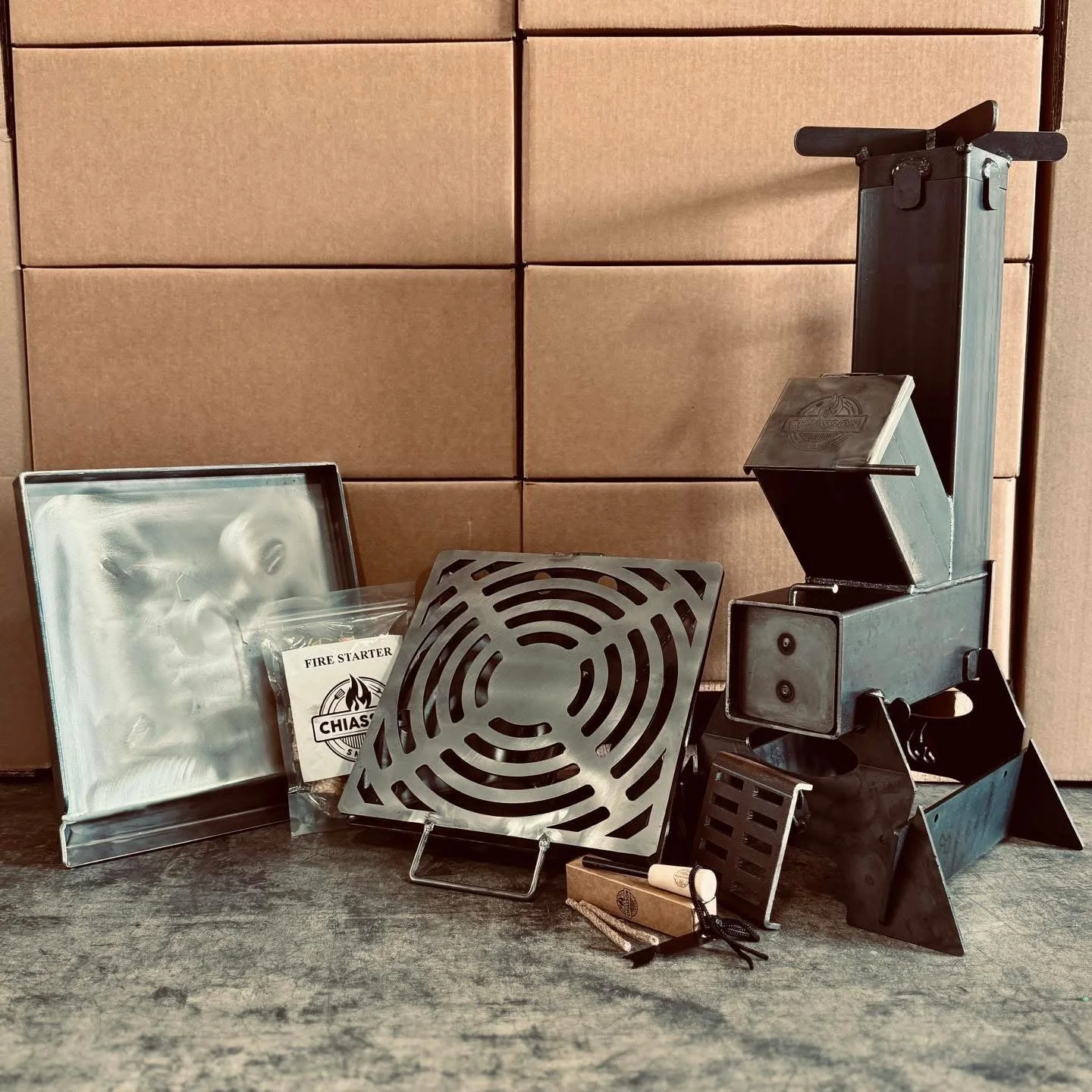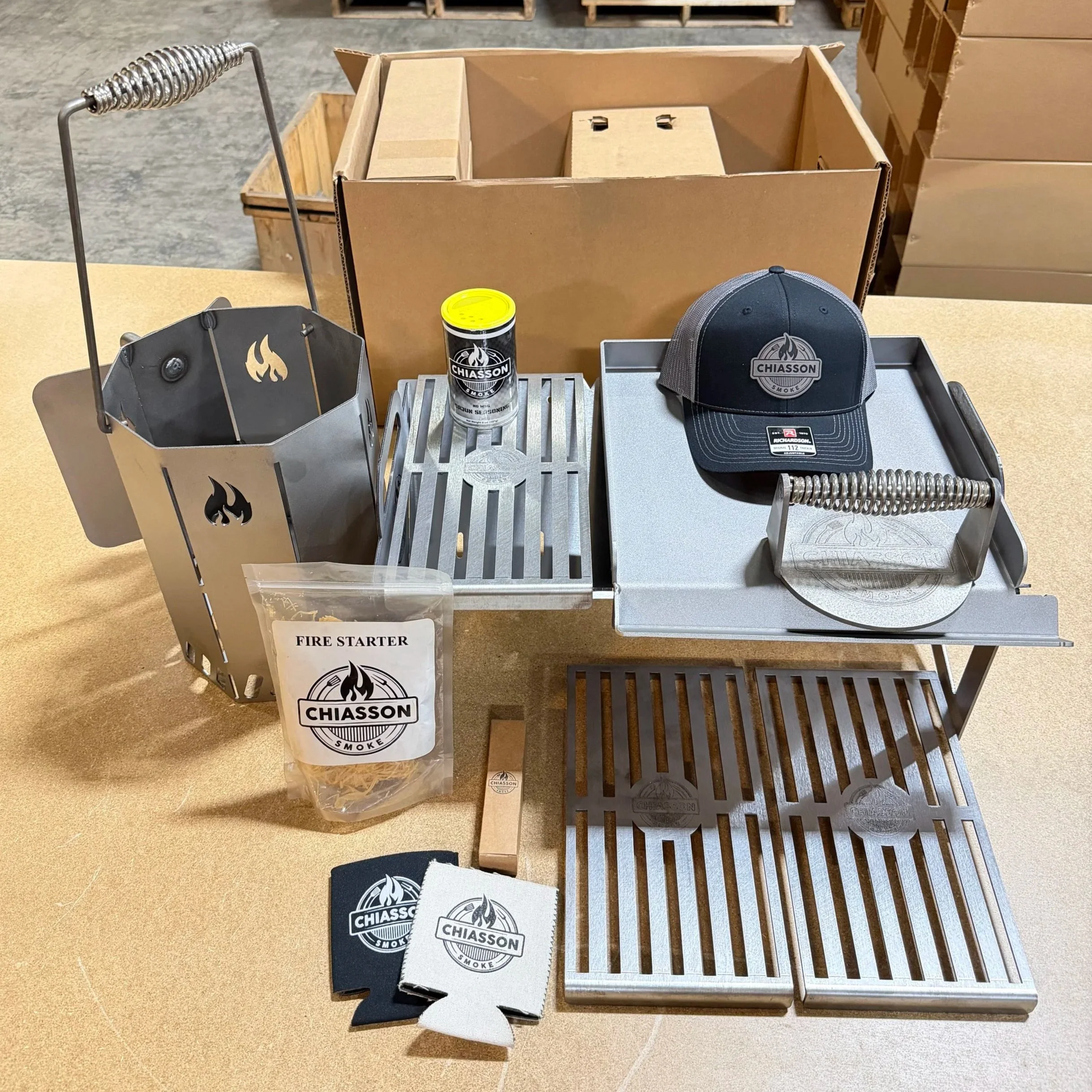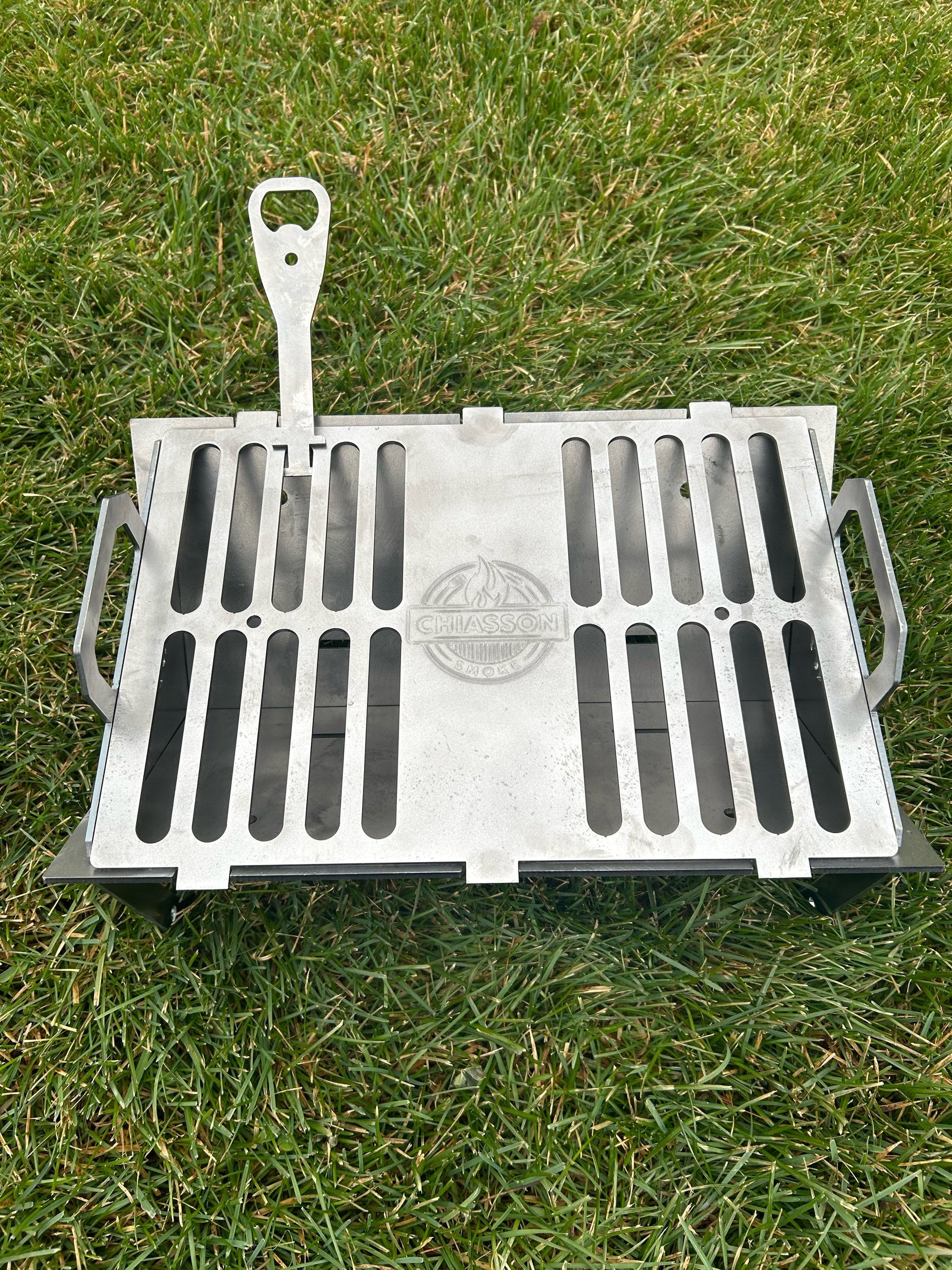How to Make a Campfire
Camping isn’t just about sleeping under the stars or telling ghost stories. It’s about making memories—and nothing says "camp adventure" like building your very own campfire. A campfire brings warmth, light, and a place to cook marshmallows to golden, gooey perfection. But building one isn’t just about throwing some sticks together and striking a match. It’s an art. It’s a science. It’s a rite of passage!
Let’s dive into everything you need to know about making a campfire the right way.
Before You Strike a Match: What You Need
Starting a campfire isn’t something you want to do without being prepared. Before you even think about lighting anything, you need three important things: tinder, kindling, and fuel wood.
Tinder is the stuff that catches fire easily. Think dry leaves, bark, or even cotton balls.
Kindling is made of small sticks—thicker than tinder but not too thick. They help the little fire get bigger.
Fuel wood is the big stuff. This is what keeps the fire going for a long time– as long as it’s dry enough to burn.
You also need matches, a lighter, or a ferro rod to get things started… And maybe a little patience too. (Okay, a lot of patience.)
And don't forget: always check if fires are allowed where you’re camping. Some places have fire bans because of dry weather. Safety first!
Step 1: Pick the Perfect Spot
Your campfire location is important. You can’t just plop it anywhere like a lazy cat. Find a spot that is:
Away from trees, bushes, and tents
On bare dirt or sand if possible
Protected from heavy wind
If there's a fire pit already made, use it. If not, clear a circle about ten feet wide, removing grass, sticks, and anything that could accidentally catch fire.
Pile up rocks in a ring if you can. It helps keep the fire under control—and it looks cool too.
Step 2: Build Your Fire Like a Pro
There are a few famous ways to stack your wood. Each one has its own personality, kind of like your favorite superheroes. Let’s meet the three best ones:
The Teepee
The teepee fire is shaped just like a Native American teepee. Stack your tinder in the middle and arrange kindling around it like you're building a little wooden tent.
This shape helps flames grow fast and strong. It’s perfect for a quick, warm fire.
The Log Cabin
Pretend you’re building a Lincoln Log house. Place two big pieces of wood parallel to each other. Then lay two more on top, going the other way, making a square. Keep stacking, but leave space in the middle for the tinder.
This style makes a super steady fire that’s great for cooking.
The Lean-To
Stick a big piece of wood in the ground at an angle. Pile tinder underneath and lean kindling against the big stick. It’s simple and good when the wind is a little tricky.
Step 3: Light It Up
Now for the exciting part! Strike your match or flick your lighter and gently touch it to the tinder. Blow softly if it needs a little help.
Once the tinder catches, the kindling should start to burn too. As the fire grows, add bigger sticks and then, finally, the large fuel wood.
Patience is key. You can’t rush a masterpiece.
Step 4: Keep It Going Strong
Now that you have flames dancing in the night, it’s your job to keep them happy.
Don't pile on a giant log right away. Feed the fire slowly, giving it time to breathe. Fires need air just like we do. Too much wood too soon can actually smother it. Think of it like feeding a puppy: small bites, not a whole turkey.
Always have water and a shovel nearby. Fires are fun, but they can be dangerous if you don’t stay alert.
If you’re camping in the winter, check out our writeup on building the perfect winter campfire.
Step 5: Enjoy Your Campfire (The Right Way)
With your campfire going, it’s time for the best parts. Roast marshmallows until they’re crispy on the outside and gooey on the inside. Tell funny stories. Sing songs so bad they’re good.
And while you’re having fun, remember to stay safe, and make sure you know what you shouldn’t burn in your camp fire. Don’t throw plastic or trash into the fire. It can release nasty chemicals into the air—and ruin the magic.
Never leave your fire alone. Not even for a bathroom break.
Step 6: Put It Out Completely
When it's time to call it a night, you have one more very important job: putting out the fire properly.
Let the fire burn down to ash if you can.
Pour water over the fire. Not just a little splash—really soak it!
Stir the ashes with a stick or shovel.
Pour more water. Keep doing this until everything is cold.
Use the back of your hand to feel for heat (without touching the ashes!). If it’s still warm, it’s not safe yet.
Only when it’s completely cold can you head off to your tent with a smile, knowing you were a true camping hero.
Tips and Tricks for Campfire Success
Dry wood burns better than wet wood. If your wood is hissing and steaming, it’s too wet.
Leave No Trace. When you’re done, try to make the fire site look like you were never there.
Weather Watch. If it’s windy, you might need to build a wall with rocks to protect your fire.
Why Campfires Matter
Building a campfire isn’t just about keeping warm or having light. It’s about learning to respect nature. It’s about gathering with friends and family in a circle where laughter echoes into the woods. It’s about slowing down and enjoying something simple and real. And sometimes, it’s about cooking, too!
When you learn to build a campfire, you’re joining a tradition as old as humanity itself. Our ancestors did it thousands of years ago, sitting around fires just like you.
The fire is alive in a way, crackling and dancing with energy. It needs you to take care of it, and in return, it gives you warmth, comfort, and maybe even a little magic.
Final Thoughts
Making a campfire is something every adventurer should know how to do. It’s not hard, but it does take practice, care, and respect for the outdoors. Every fire you build will teach you a little more about how nature works—and how you fit into it.
So next time you’re out camping, gather your sticks, find your spot, and build yourself a campfire you’ll never forget. Then sit back, listen to the night sounds, and let the flames tell their ancient stories.
Just don’t forget the marshmallows.
(Seriously. Never forget the marshmallows.)









